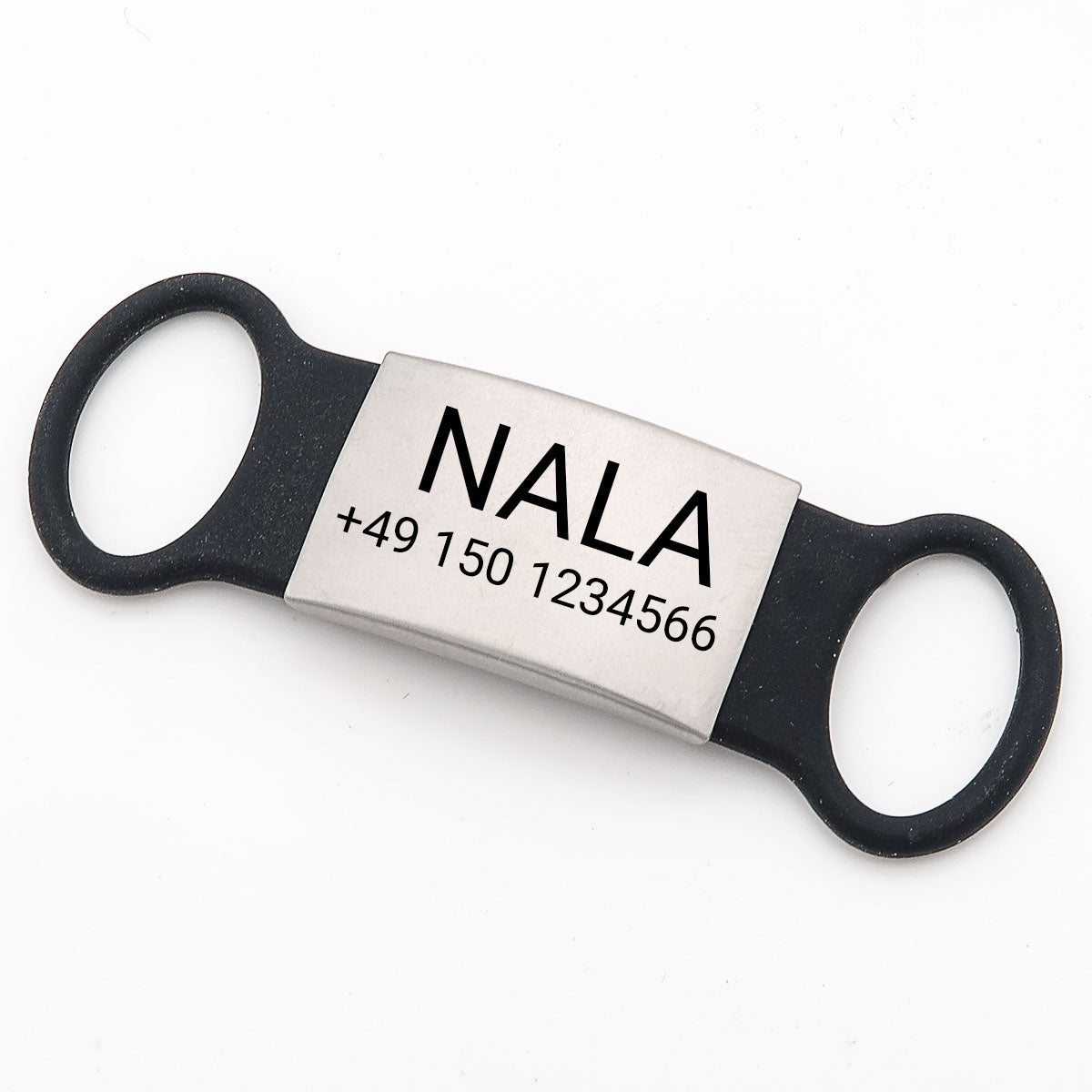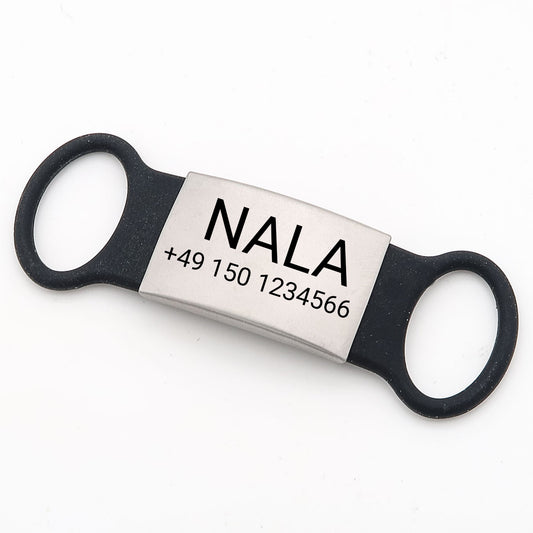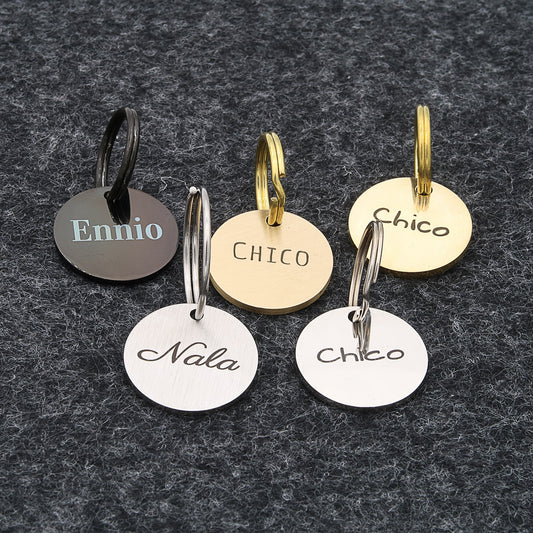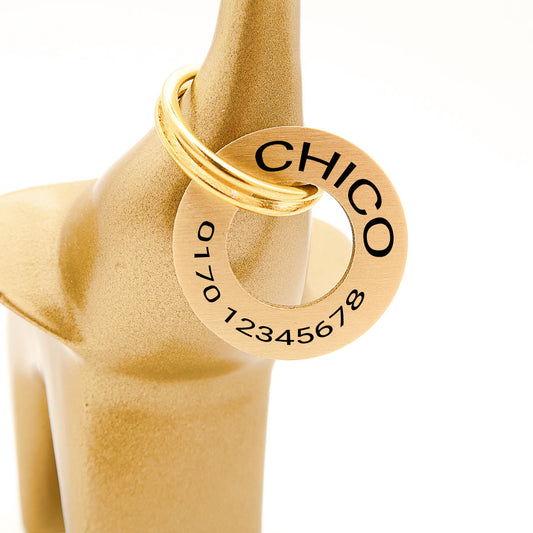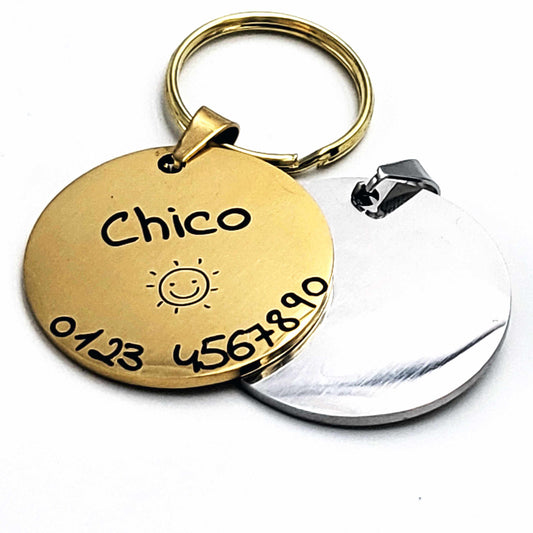
Neutering dogs: A comprehensive guide for dog owners
Share
Neutering a dog is a topic that sooner or later concerns many dog owners. Whether male or female, the decision to have your four-legged friend neutered needs to be carefully considered. In this article, we shed light on the various aspects of dog neutering, from the medical basics to the effects on behavior and health.
What does neutering mean?
Neutering is a surgical procedure in which a dog's sexual organs are removed. In male dogs, the testicles are removed, while in female dogs the ovaries are removed. In some cases, a ovariohysterectomy is also performed, in which the uterus is removed as well as the ovaries. This procedure has far-reaching effects on the dog's hormonal balance.
Why is neutering performed?
There are various reasons for neutering. One of the main reasons is to control reproduction and prevent unwanted puppies. In addition, neutering can offer certain health benefits, such as reducing the risk of uterine suppuration in bitches or testicular and prostate cancer in males.
Alternatives to castration
A less invasive alternative to surgical castration is the use of a hormone chip, such as Suprelorin. This chip is implanted under the dog's skin and continuously releases hormones that temporarily suppress fertility. This method is particularly suitable for dog owners who are still unsure whether they want to have their dog permanently neutered.
The neutering procedure
The course of the operation begins with a preliminary consultation with the vet, during which the dog's state of health is checked and the date of the operation is agreed. On the day of the operation, the dog is put under general anesthesia. In male dogs, the operation is performed via a small incision in the scrotum, in female dogs via an incision in the abdomen.
After the operation, the wound is sutured and the dog is given a collar to prevent licking at the wound. The stitches are removed after about ten days.
Effects of castration
Neutering can lead to various changes in the dog's behavior and physical condition. Possible behavioral changes include a reduction in aggression and dominant behavior, but also an exacerbation of existing fears or insecurities. In some dogs, changes in character may occur that stabilize over time.
Physically, coat changes and a tendency to gain weight can be observed. The musculoskeletal system can also be affected by the altered hormone levels, which can have a particular impact on dogs with pre-existing joint problems.
Risks and complications
As with any surgical procedure, there are also risks associated with castration. Possible complications include infections, bleeding and problems with wound healing. In rare cases, hormonal imbalances can occur that require follow-up treatment.
Early castration and its consequences
Early castration, in which the dog is castrated before reaching sexual maturity, is a controversial topic. Proponents see it as a way of preventing unwanted offspring at an early stage, while critics point to potential long-term consequences such as changes to the musculoskeletal system and behavior.
Costs of castration
The cost of neutering a dog varies depending on the veterinary practice and region. According to the scale of fees for veterinarians (GOT), the price for neutering a male dog can be between 150 and 300 euros, while neutering a female dog can cost between 300 and 600 euros. The costs for alternative methods such as hormone chipping are generally lower, but can add up over time.
Conclusion
The decision to have a dog neutered should be carefully considered and ideally made in consultation with an experienced vet. In addition to the health aspects, the individual needs of the dog and the circumstances of the dog owner also play a decisive role. Whether neutering, an alternative method or foregoing the procedure is the right choice depends on many factors that should be carefully weighed up.
Image from press 👍 and ⭐ on Pixabay
